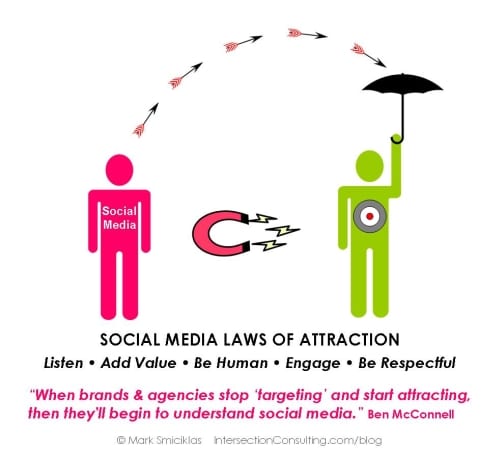by Mike Dimitroff – July 2015 My sales philosophy: Better to go after the big fish than waste time fishing for minnows! Anyone can go to the local watering hole, cast a line, and catch small fish. But if LinkedIn is your fishing pole, businesses will be the big fish you are trying to catch. [dropshadowbox align=”center” effect=”lifted-both” width=”550px”…Continue Reading Utilizing LinkedIn for Business Prospecting
Utilizing LinkedIn for Business Prospecting



